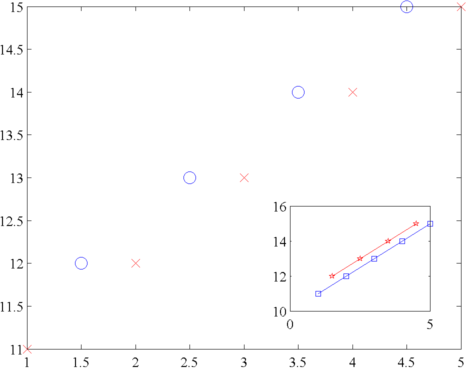I have a base plot in which I would like to add a smaller version of a second plot/figure ontop of the base plot at a certain location.
The second plot (or figure) is already saved as a .fig file. How do I import the .fig file and its data and plot it as is but smaller (so it fits inside the base plot without hiding base plot data) onto the base plot?
NOTE:-
Matlabsolutions.com provide latest MatLab Homework Help,MatLab Assignment Help , Finance Assignment Help for students, engineers and researchers in Multiple Branches like ECE, EEE, CSE, Mechanical, Civil with 100% output.Matlab Code for B.E, B.Tech,M.E,M.Tech, Ph.D. Scholars with 100% privacy guaranteed. Get MATLAB projects with source code for your learning and research.
Hi Lizan,
This could be a two-parter. First, load the figure, get its children, then get the x and y data of its children. Second, create a second set of axes and plot. Here is an example of getting children of current axes and plotting the data on a smaller inset axis:
plot(1:5,11:15,'rx','markersize',12);
hold on
plot(1.5:4.5,12:15,'bo','markersize',12);
ch = get(gca,'children');
x1 = get(ch(1),'xdata');
y1 = get(ch(1),'ydata');
x2 = get(ch(2),'xdata');
y2 = get(ch(2),'ydata');
axes('pos',[.6 .2 .25 .25])
plot(x1,y1,'rp-')
hold on
plot(x2,y2,'bs-')
SEE COMPLETE ANSWER CLICK THE LINK
ReplyDeleteYou can get online, excellent Minitab Assignment Help Brisbane from our committed Minitab assignment writing service. The goal of Minitab Assignment Writing Help is to offer continuous assistance. So, if the topic for your assignment is complicated, you can bring it to us. We will provide the top Minitab Online Assignment Help writing services for you. You can totally use our assistance to get good marks. Our experts are aware of the most recent functions, user interface updates, and available options.